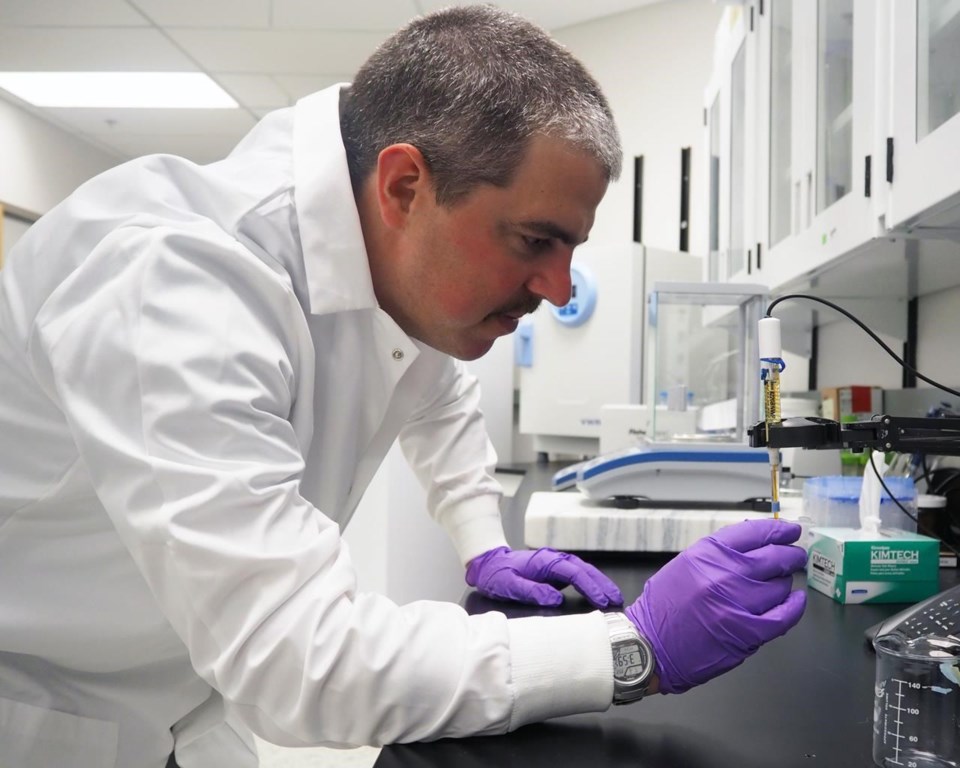CALGARY — A University of Calgary scientist is hoping to determine whether Mars was ever capable of supporting life.
Ben Tutolo, an associate professor in the Department of Geoscience and Faculty of Science, began his research earlier this year and is using data from the Curiosity rover that's been exploring the Red Planet for the past decade.
The Canadian Space Agency, as part of the NASA-led Mars Science Laboratory mission, is funding the three-year study.
"The mission is to follow the water and understand -- were ancient environments on other planets, like Mars, habitable?" said Tutolo, who is conducting the research alongside professor Steve Larter and associate professor Rachel Lauer.
"What we're doing with the Curiosity rover is exploring the rock record there (to) understand if these rocks at that time were ultimately habitable."
Tutolo said Curiosity has been providing a steady stream of data and has been collecting and analyzing samples as it slowly makes its way up Mount Sharp in the Gale Crater.
The rover, which had travelled almost 28 kilometres as of May 1, has multiple analyzers that can determine the chemistry and mineralogy of the rocks or soil surface on Mars. Its Canadian-made Alpha Particle X-ray Spectrometer has analyzed 1,211 samples and sent 2,659 results back to Earth.
"It's scooping up, drilling samples … it can utilize in situ like a roving geologist who would also have a geochemical laboratory in the field," Tutolo said.
The focus of the research is to study the geological transition from the oldest lake sediments where Curiosity began its exploration to younger layers of sediment farther up.
Tutolo said the geological evidence from the oldest rocks in the crater show they are from a river-fed lake that contained water.
The newer specimens have found magnesium sulphate salts, which were likely the result of the water evaporating as the planet became drier, he said.
"Obviously the transition has happened. There are no oceans or lakes on the planet today," Tutolo said.
He said the team is also conducting field research at the Basque Lakes near Cache Creek, B.C., which contain the same sulphate minerals found on Mount Sharp on Mars.
However, Tutolo said the fact that the Mars crater is 3.5 billion years old means there might not be a definite answer to whether life did exist there.
"They have all been degraded in some ways. They've all been transformed by the geological processes working overtime in the crater so … there will be no smoking gun," Tutolo said.
But he said if the rock record shows it was theoretically habitable, then it can still answer some questions.
"If it was habitable, then we could start putting together scenarios for how life could have originated in such an environment and if it did originate, how it could potentially thrive in such an environment," he said.
"I think what we can do as objective scientists is read the story that is written in the rocks and understand and lay the foundation and paint the picture of whether it was possible."
This report by The Canadian Press was first published Sept. 1, 2022.
Bill Graveland, The Canadian Press



